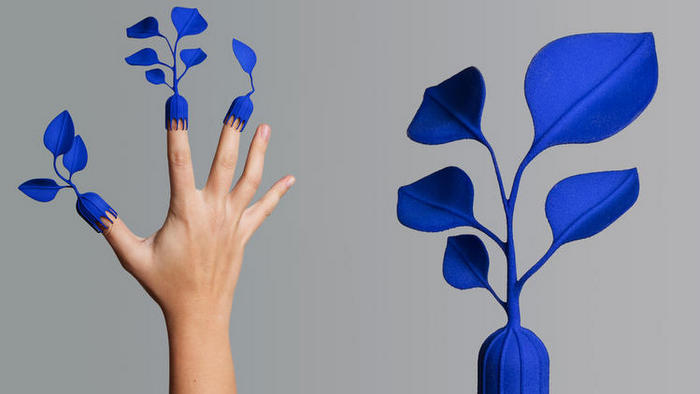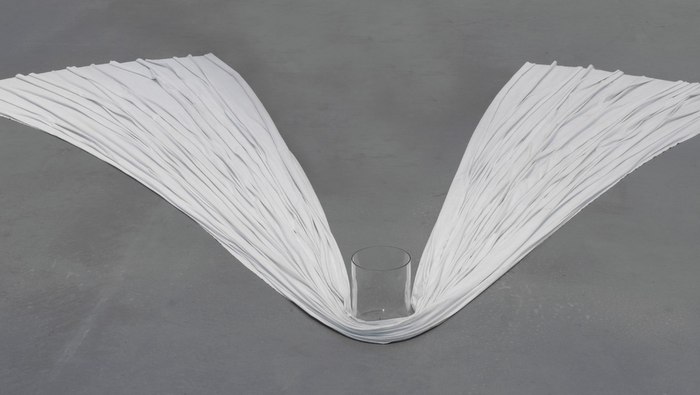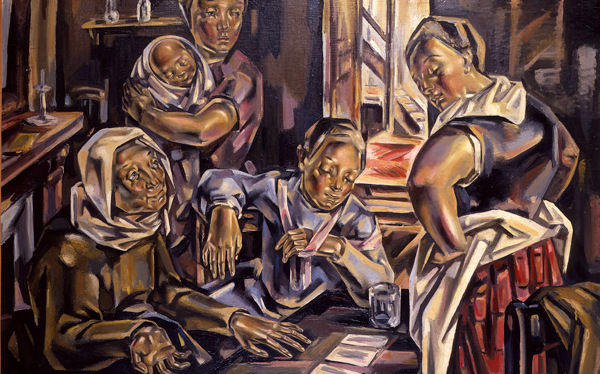Giovanni Anselmo (b. 1934, Borgofranco d’Ivrea; d. 2023, Turin) began his career as an artist in Italy in the 1960s. The revelatory experience he lived on the summit of Stromboli volcano one morning in 1965 radically influenced his work. When the sun’s early rays just peeking over the horizon cast their shadows on the immensity of the sky, the artist became aware that he was an integral part of an infinite, ever changing universe. Since then, Anselmo focused his interest on the order and cyclical course of natural phenomena, so that the energy, space, time, orientation, magnetic fields, or gravitational forces became recurring themes in his production. Using existing materials, Anselmo created pieces that actively and perceptibly present both the latent energy surrounding us here and now and the incommensurate nature of the dynamics governing the cosmos. His works are located at a fascinating frontier between the visible and the invisible.
This exhibition is a comprehensive analysis of the practice of an artist who is considered a key referent in Arte Povera yet managed to develop his career avoiding any label or classification. Envisioned as a journey, a continuous flow, this show connects the most emblematic works in Anselmo’s career with others created specifically for this occasion. Anselmo was deeply involved in the organization of this exhibition until just a few days before he passed away last December. Therefore, now more than ever, the goal of Giovanni Anselmo. Beyond the Horizon is to faithfully convey the depth of his vitality, the greatness of his legacy, and the meaning of his contribution.
Galleries: 205, 206, 207, 209
Curator: Gloria Moure
Exhibition organized by the Guggenheim Museum Bilbao
On the cover: Direction (Direzione), 1967–68
Fabric, glass, and metal
24.3 x 420 x 335 cm
Tate, London. Purchased with funds provided by an anonymous donor 2009
© Giovanni Anselmo
Photo: © Tate Images
Source: Guggenheim Museum Bilbao
Related Publications

CID Grand Hornu: Super Power Design
April 25, 2024













